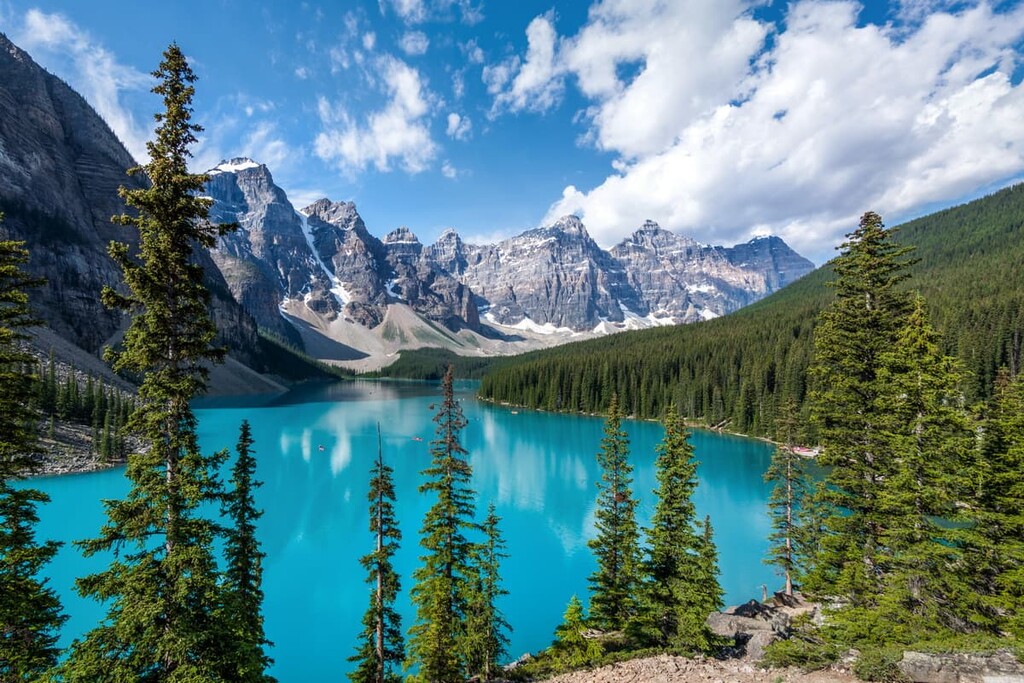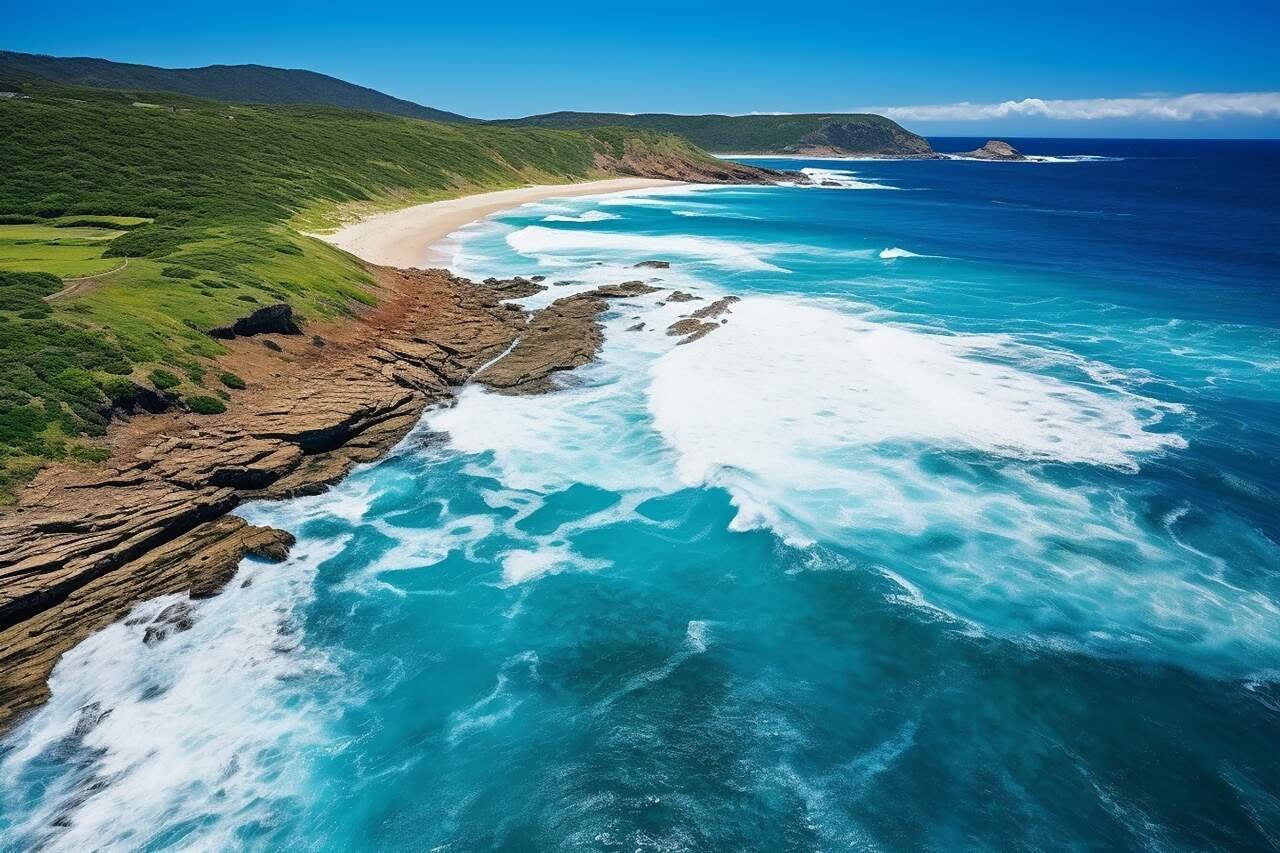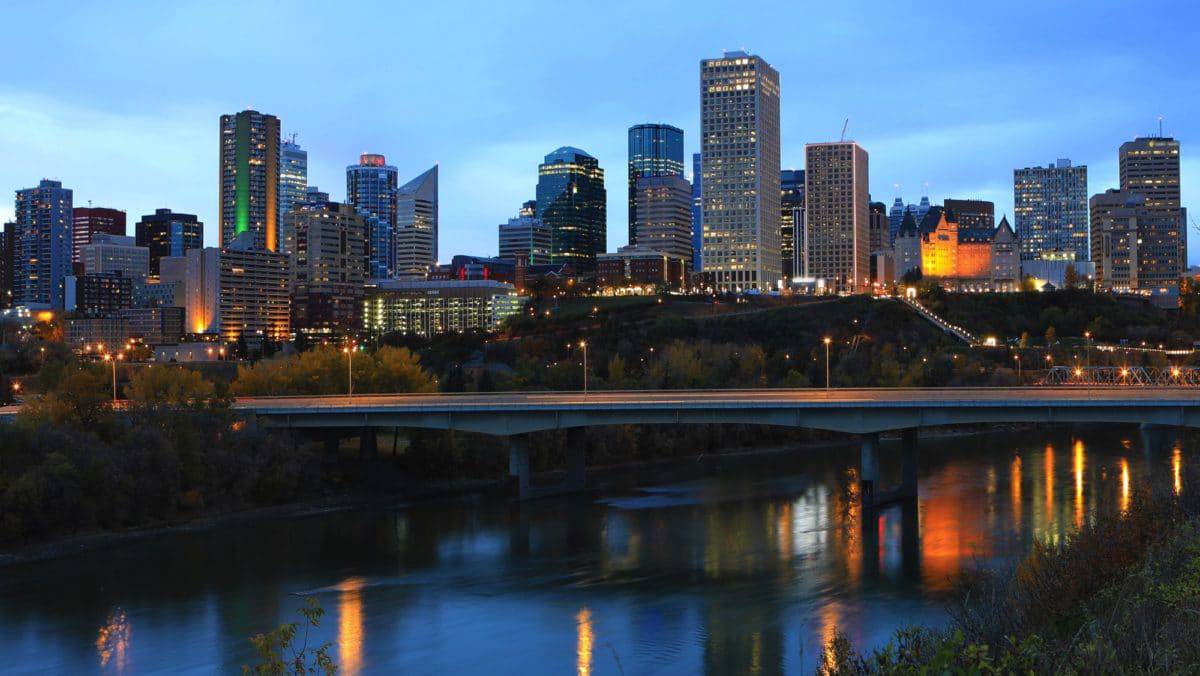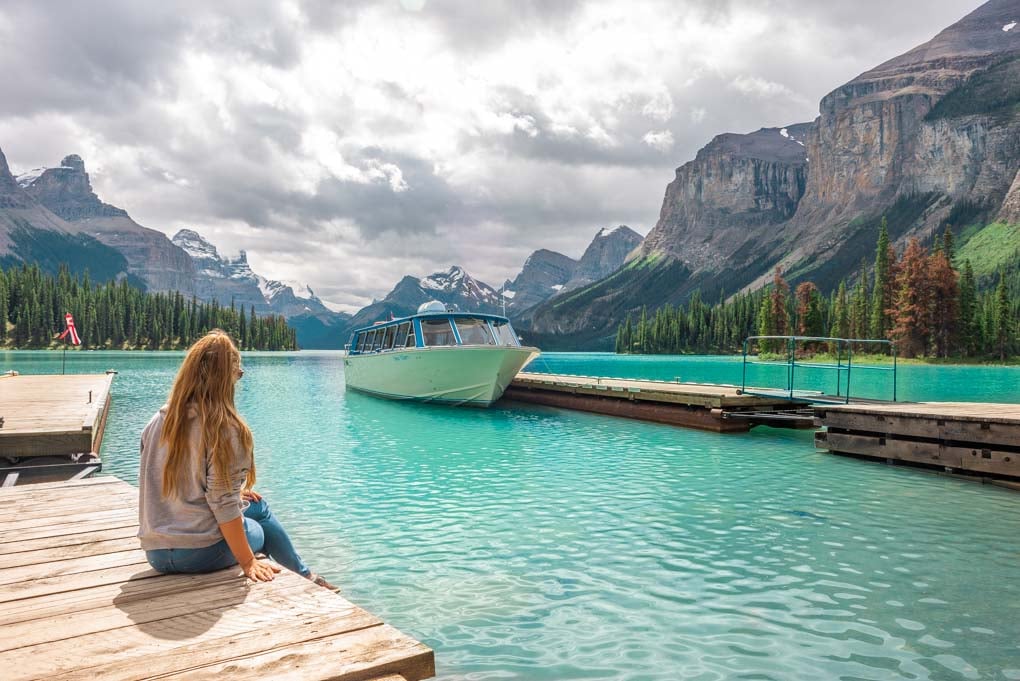- +1 866 773 7452
- info@immigrationexpress.org
- 666 Burrard St, Vancouver, BC V6C 2X8, Canada
We will strive to meet all your business necessities and plans. You can rely on easy accessibility to our qualified staff and prompt solutions to your problems.
Albertina City, a fictional municipality in Canada, epitomizes the quintessential blend of natural beauty, cultural richness, and economic dynamism. Nestled in a picturesque landscape that showcases Canada’s iconic wilderness, Albertina City is surrounded by pristine lakes, lush forests, and rolling hills, making it a haven for outdoor enthusiasts and nature lovers.

The city boasts a diverse and multicultural population, reflecting Canada’s inclusive and welcoming ethos. This cultural mosaic is evident in the city’s vibrant arts scene, culinary variety, and numerous festivals that celebrate traditions from around the world.
Alberta is one of the thirteen provinces and territories of Canada. It is a part of Western Canada and is one of the three prairie provinces
Alberta, a province in western Canada, is a key economic powerhouse with a diverse and robust economy. Known for its vast natural resources, particularly oil and gas, Alberta plays a crucial role in the national and global energy markets. However, the province’s economy is not solely reliant on hydrocarbons; it also boasts strong agricultural, manufacturing, technology, and tourism sectors. Here’s an overview of the major industries that drive Alberta’s economy:
Alberta is home to the Athabasca oil sands, one of the largest reserves of crude oil in the world. The oil and gas sector is the cornerstone of Alberta’s economy, contributing significantly to GDP, employment, and exports. The province has extensive infrastructure for oil extraction, refining, and distribution, including pipelines that connect to markets across North America.
Agriculture is a foundational industry in Alberta, with the province being a leading producer of beef, pork, wheat, canola, and barley. The fertile prairies of Alberta support extensive farming and ranching operations. Advanced farming techniques and technologies have enhanced productivity and sustainability in this sector.
Alberta’s manufacturing sector is diverse, encompassing everything from food processing and machinery production to chemical manufacturing and fabricated metals. The presence of a robust oil and gas industry has also led to the growth of related manufacturing activities, such as the production of drilling equipment and petrochemicals.
The technology sector in Alberta is rapidly growing, with significant advancements in fields such as artificial intelligence, clean technology, and biotechnology. Cities like Calgary and Edmonton have become hubs for tech startups and innovation, supported by strong research institutions and a growing investment landscape.
Alberta’s stunning natural landscapes, including the Rocky Mountains, national parks, and numerous lakes and rivers, make it a popular destination for tourists. Attractions such as Banff and Jasper National Parks, as well as vibrant urban centers like Calgary and Edmonton, draw millions of visitors annually. Tourism contributes to the economy through hospitality, transportation, and various recreational activities.
The forestry industry is another significant contributor to Alberta’s economy, providing jobs and exports in the form of lumber, pulp, and paper products. Sustainable forest management practices are in place to ensure the long-term health of forest resources.
While Alberta is known for its oil and gas, the province is also investing in renewable energy sources such as wind, solar, and bioenergy. This diversification aims to reduce carbon emissions and create a more sustainable energy future.
The financial services sector in Alberta includes banking, investment, insurance, and real estate services. Calgary, in particular, is a major financial center in Western Canada, hosting numerous national and international financial institutions.
Overall, Alberta’s economy is characterized by its resource wealth, entrepreneurial spirit, and diverse industrial base. The province’s commitment to innovation and sustainability positions it well for future growth and adaptation in a rapidly changing global economy.

Alberta, a province in western Canada, experiences a varied climate influenced by its diverse geography, ranging from the Rocky Mountains in the west to the vast prairies in the east. The weather in Alberta is characterized by distinct seasons, each offering unique conditions and experiences. Here’s a detailed overview of Alberta’s weather throughout the year:
In 2024–25, the Government of Canada will simplify and flatten the personal tax system by abolishing the 37 per cent tax bracket entirely. Canadians earning more than $41,000 will only pay 32.5 cents in the dollar all the way up to the top marginal tax rate threshold that will be adjusted to $200,000.
English is the primary language, and the majority of Canadians live in urban areas, with major cities like Toronto, Vancouver, and Montreal being cultural and economic hubs. Canada has a high standard of living, and its population enjoys a diverse range of lifestyles, from coastal living to the vibrant urban scene. The country has a well-developed education system and is known for its welcoming and inclusive society.
In 2024–25, the Government of Canada will simplify and flatten the personal tax system by abolishing the 37 percent tax bracket entirely. Canadians earning more than $41,000 will only pay 32.5 cents on the dollar up to the top marginal tax rate threshold, which will be adjusted to $200,000.
Canada boasts a robust education system recognized globally for its high standards. The education sector is divided into primary, secondary, and tertiary levels, with a strong emphasis on academic excellence and a well-rounded approach. Compulsory education spans from ages six to sixteen, ensuring a solid foundation in literacy, numeracy, and key subjects. The country is home to prestigious universities that consistently rank among the world’s best, attracting students from around the globe.

Alberta, a province in western Canada, is known for its natural beauty and vibrant cities. Here are brief descriptions of some of the major cities in Alberta:
Population: Approximately 1.3 million
Calgary is Alberta’s largest city and a major economic hub, particularly known for its thriving oil and gas industry. The city hosts the annual Calgary Stampede, a world-famous rodeo and festival that celebrates the region’s western heritage. Calgary is also a gateway to the Canadian Rockies, offering easy access to destinations like Banff and Lake Louise. The city is characterized by its modern skyline, centered around the iconic Calgary Tower, and a diverse cultural scene with numerous museums, theaters, and music venues.
Population: Approximately 1 million
Edmonton is the capital city of Alberta and serves as a cultural, governmental, and educational center. Known as “Canada’s Festival City,” Edmonton hosts numerous festivals year-round, including the Edmonton International Fringe Festival and K-Days. The city is home to the West Edmonton Mall, one of the largest shopping malls in North America, featuring an amusement park, water park, and a range of entertainment options. Edmonton is also known for its river valley park system, which is the largest urban parkland in North America.
Alberta, Canada, offers a rich tapestry of activities for visitors and residents alike. Outdoor enthusiasts can explore the majestic Canadian Rockies, with world-renowned destinations like Banff and Jasper National Parks providing opportunities for hiking, skiing, and wildlife viewing. Calgary’s bustling city life includes the famous Calgary Stampede, vibrant arts districts, and numerous festivals. Edmonton, the capital city, boasts cultural landmarks like the West Edmonton Mall and a thriving arts scene, while also offering scenic trails in its expansive river valley
Red Deer and Lethbridge provide a mix of urban and rural experiences, featuring parks, historical sites, and cultural venues. Medicine Hat offers unique attractions like the Esplanade Arts & Heritage Centre and access to the striking landscapes of the Canadian Badlands. Whether it’s urban exploration, cultural festivals, or outdoor adventures, Alberta has something for everyone.

Discover the incredible opportunities awaiting you in Alberta, Canada! From the breathtaking Rocky Mountains to vibrant cities like Calgary and Edmonton, Alberta offers a perfect blend of natural beauty and urban excitement. Enjoy a high standard of living, a robust economy, and a welcoming community. Our professional team is ready to assist you every step of the way in applying for your Canadian visa. Contact us online to start your journey and experience the exceptional quality of life in Alberta. Make the move today and let us help you make Alberta your new home!
Send us CV for Job Review
©2020. Canadian Immigration Express. All Rights Reserved.